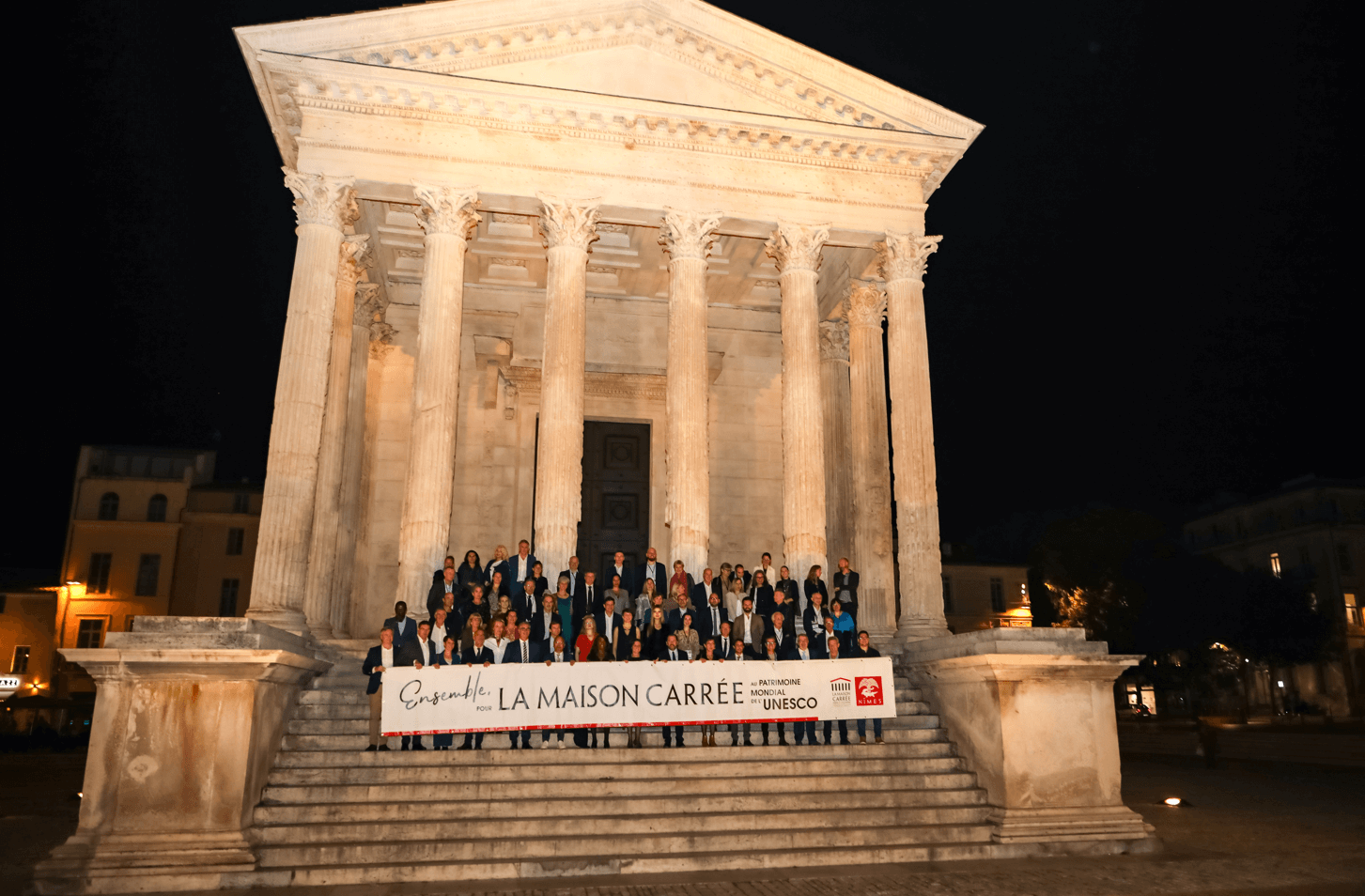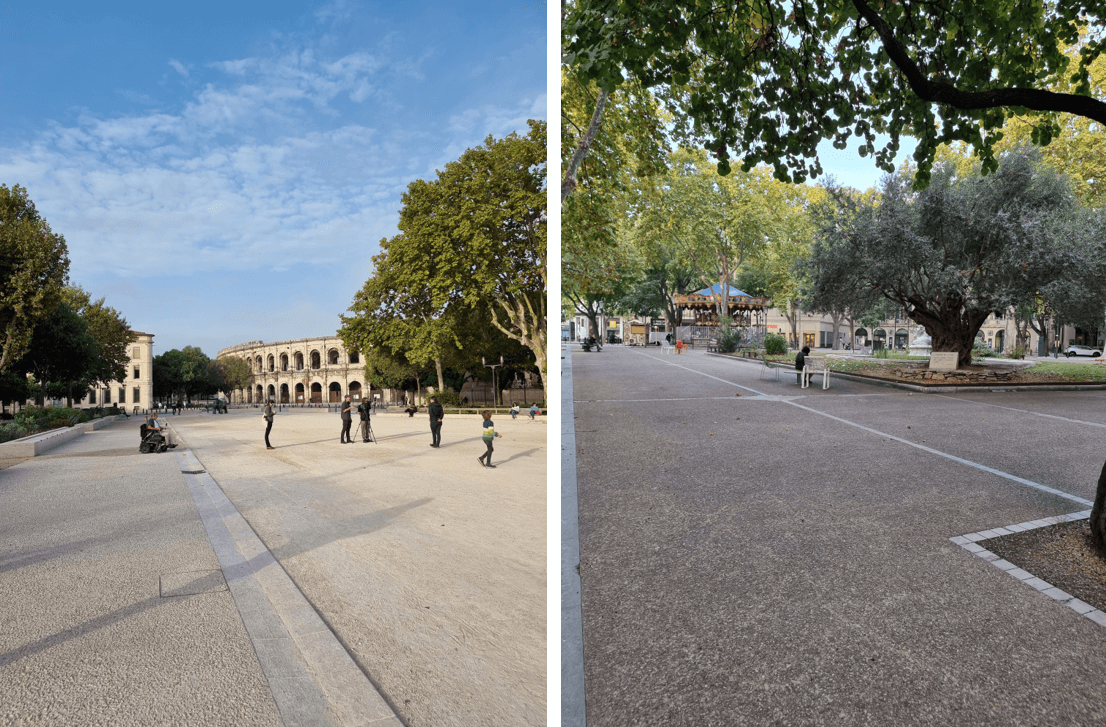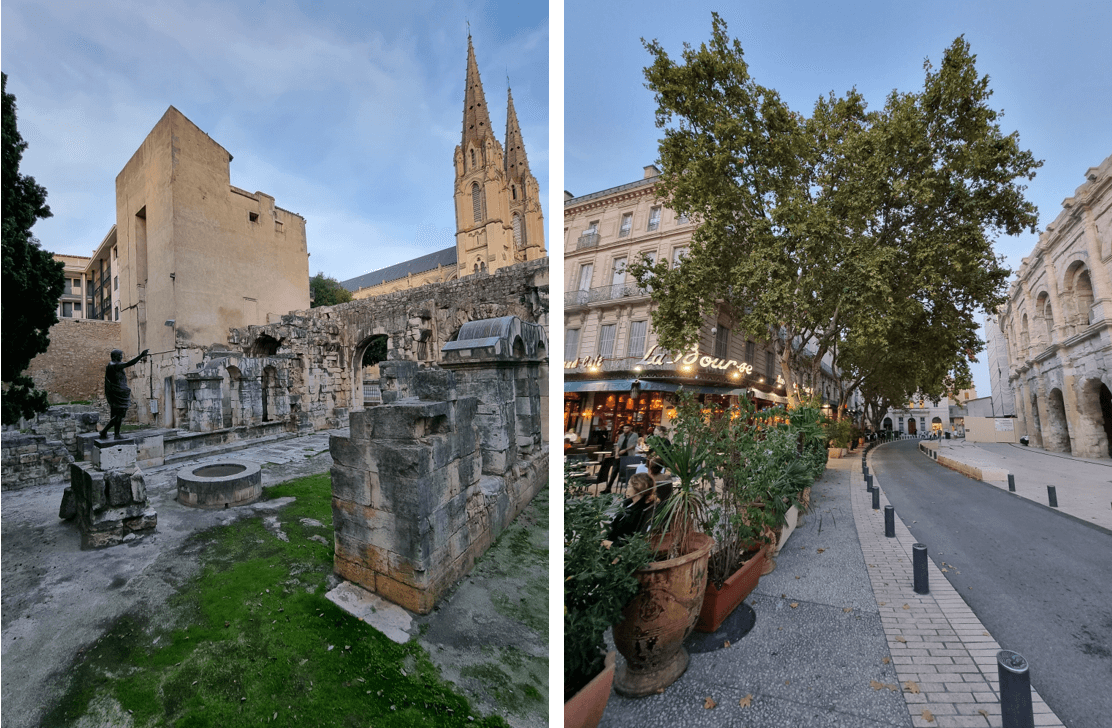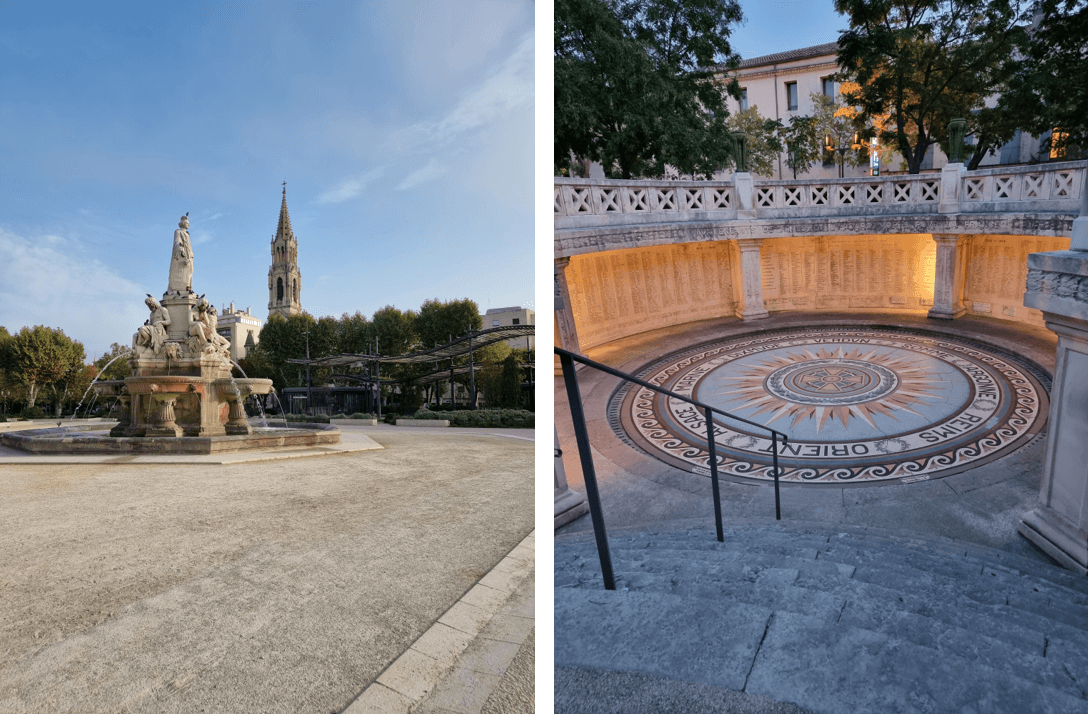AWFT22 Reflections for Croatia: City of Nimes, Sustainable for 2000 Years
November 1, 2022 - The second edition of the first world forum dedicated to the transformation of the tourism industry, A World For Travel, was held in Nimes, France, from 27 to 28 October. TCN was there to learn about sustainability in travel and tourism. From a journalist's perspective, there was plenty of talk that seemed unactionable or unaccessible to the everyday person. Still, the forum did achieve its primary goal and made us think about the threats that the industry is facing and the fact that there is an urgent need for a change of direction. As for Croatia, there were no representatives, but the hope is that next year's forum will bring a lot more for this tourist destination where the question of sustainability remains very important.
In TCN, we had a chance to sit with the organisers, the representatives of Bosnia and Herzegovina, Ukraine, large and small businesses that focus on sustainable travel, and other media professionals who have worked on covering this vital topic. Our interviews and reflections are coming in the following days, all with the underlying thought of how Croatia is doing and where we are headed. Before we get to that, let us share what we learned from the city of Nimes.
Nimes was chosen for several reasons: its privileged location on the Rhone Valley-Italy-Spain axis with three direct motorway exits, 2 TGV stations with connections to Paris and Roissy airport, and to the main cities and their airports, not forgetting access to the TER network.
This ancient city is where history has left its mark for 2,000 years, as evidenced by the three main monuments: the amphitheatre, the Maison Carrée, and the Tour Magne, buildings that are today among the best preserved in the world. The vast restoration project of the Nimes amphitheatre, undoubtedly the largest undertaken in France at the beginning of the 21st century, demonstrates the common will to fully assume the heritage that is the pride of the City of Nimes, to preserve it and to transmit it. This restoration concerns the entire monument and is the most important one it has undergone since its origin. It is being carried out without interrupting the public's use of the site and its use for the many shows it hosts, as it has retained its primary function as a performance venue. This project follows the equally exceptional restoration of the Maison Carrée, which took place from 2006 to 2010. This monument represents one of the oldest and best-preserved expressions of a Roman temple dedicated to imperial worship. Its remarkable architectural quality also bears witness to the values of lasting peace, harmony and prosperity that the Roman Empire promoted and sought to guarantee in the first century AD.

These restoration projects are all the more exceptional because the stones used are still extracted today from the same quarries used by the Romans 2,000 years ago. Did you say sustainable? The unique character of the ancient temple has motivated the city to apply for World Heritage status, an application that will be studied at the next UNESCO session. The protection of its ancient heritage, but also its enhancement, has been the backbone of the numerous urban redevelopment projects that have taken place over the last few decades.
In a constant concern to embellish and improve the living environment of the inhabitants and to make the city accessible to as many people as possible, many improvements have been made to facilitate the use of the city on foot and the organisation of events in the historic centre, not forgetting the connection with the transport network. The principle of intermodality prevails in the urban regeneration programmes and is reflected in the creation of high service level bus lines connected to park-and-ride facilities at the city entrances. A bicycle plan completes the package and is being developed in connection with the cycle paths and European routes that cross the territory.

Improving the living environment and protecting the inhabitants from the vagaries of nature are priorities for the City, which has developed particularly innovative monitoring and warning tools, of which it was a pioneer. For more than thirty years, the City has been developing a substantial system to protect itself from climatic hazards and to preserve human lives as well as everything that contributes to economic development, including infrastructure. Residents, businesses, local media... all share the culture of risk and the imperative need to respect the measures provided for in the event of a crisis, in the interest of all.
Among the tools at its disposal, Nîmes has adopted a local town planning plan. While it restricts certain constructions and limits urban sprawl, it also guarantees the optimisation of buildable areas by rebuilding the city on itself. The development of numerous gardens and natural spaces, which are essential to avoid rainwater runoff, offer year-round peaceful and recreational spaces to a population that appreciates the conviviality of a human-sized territory. Designed for its inhabitants, these facilities are just as beneficial to the many visitors that Nîmes welcomes throughout the year to discover its heritage or to take part in a cultural or sporting event, or even one of the unmissable events that take place in the Roman city, such as the Emperor's Games, which take its visitors back to antiquity.

Nimes offers a calendar of events throughout the year in order to provide 4-season tourism and thus spread visitor numbers over the year. Ranked as the 8th greenest city in France according to the Green Cities Observatory and oxygenated by 372 ha of public spaces and 1,080 ha of natural spaces, it has been awarded 4 flowers in the Villes et Villages fleuris (Cities and Villages in Bloom) label and practices ecological management of its green and natural spaces, which is totally in line with the principles of sustainable development.
The city is committed to a sustainable approach with the implementation of global energy performance contracts, particularly in its museums, reducing its expenditure by more than 20% by 2021. It is also stepping up the development of its photovoltaic park and is continuing its work to obtain certification (Eco Réseau label, Sustainable Buildings Occitanie, etc.) to reduce energy consumption. The plan is to reduce the energy consumption of all its buildings of more than 1,000 m² by 40% by 2030 to comply with the requirements of the RTRénovation and RE2020 regulations.

Nimes Tourism, in its capacity as a Destination Management Organisation, is accompanying the destination's professionals in a classification and labeling process, in collaboration with the CRTL Occitanie, which has placed this theme in its strategy. Already holding several labels, it is also committed to the ISO 20121 approach to strengthen its actions in terms of sustainable tourism.
In conclusion, while the participation of Nimes in the A World for Travel forum was definitely an excellent marketing move by the town's officials, it wasn't empty promises. The city of Nimes is a truly fascinating little place, where you can feel the effort that has been put into making it a sustainable destination. Lots for Croatia to learn, definitely. And Nimes is not the only place that can teach us something. Next up in our AWFT series: what our neighbours have been up to.
For more, make sure to check out our dedicated Travel section.


